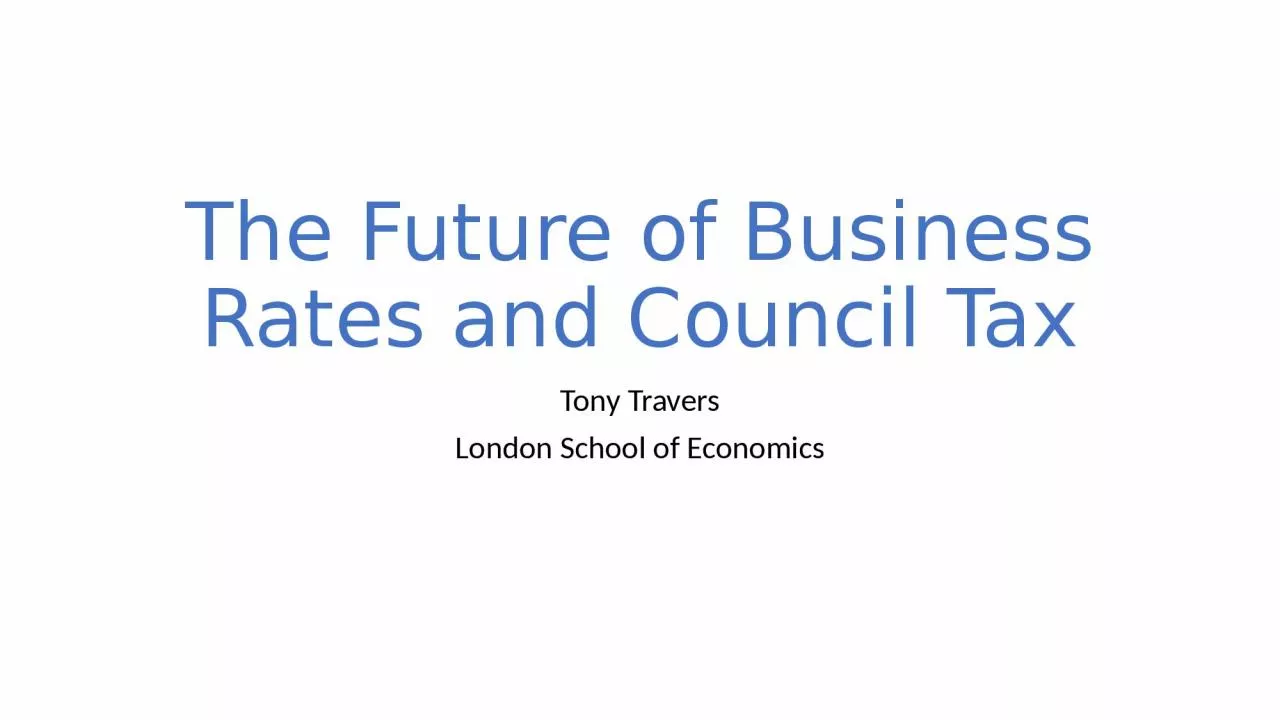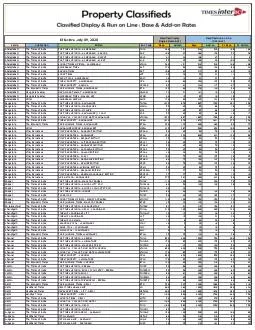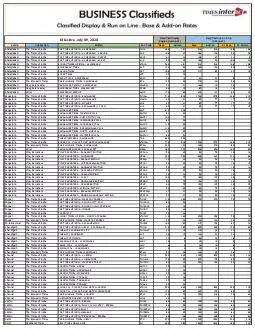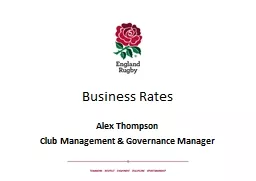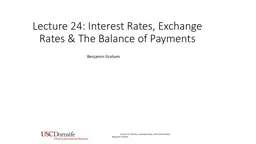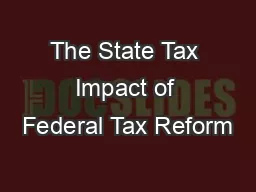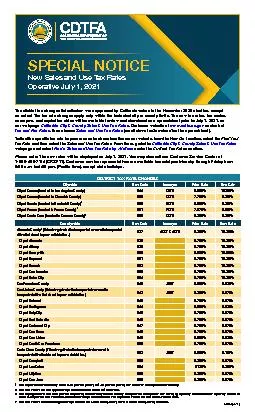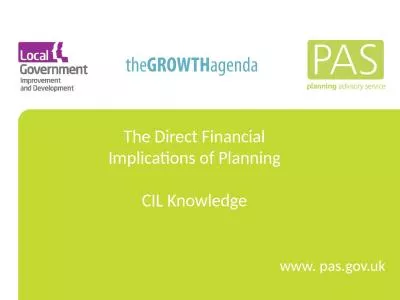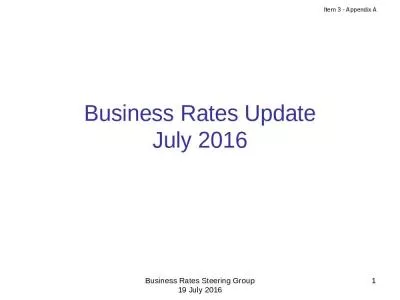PPT-The Future of Business Rates and Council Tax
Author : josephine | Published Date : 2023-10-31
Tony Travers London School of Economics Local government funding and the future Local government current expenditure still broadly planned to follow the path set
Presentation Embed Code
Download Presentation
Download Presentation The PPT/PDF document "The Future of Business Rates and Council..." is the property of its rightful owner. Permission is granted to download and print the materials on this website for personal, non-commercial use only, and to display it on your personal computer provided you do not modify the materials and that you retain all copyright notices contained in the materials. By downloading content from our website, you accept the terms of this agreement.
The Future of Business Rates and Council Tax: Transcript
Download Rules Of Document
"The Future of Business Rates and Council Tax"The content belongs to its owner. You may download and print it for personal use, without modification, and keep all copyright notices. By downloading, you agree to these terms.
Related Documents

